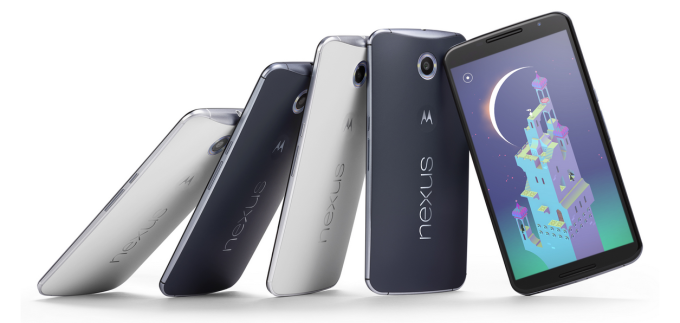Yesterday at the launch event in San Francisco, Google took center stage to challenge Apple and unveil its home-brewed hardware innovations. These included a set of sleek and super-premium smartphones, christened the Pixel and Pixel XL. But there was a lingering question about the future of Nexus brand in the back of everyone’s mind.
So, this leads us to — Is the Nexus lineup really dead?
Well, this might be a tough pill to swallow, but Google has confirmed that it has ‘no plans’ for any future Nexus devices. This statement is further enforced with evidence that Google has pulled off the previous gen. Nexus devices from the Play Store. You are now only able to see the newly released Pixel smartphones, and the ‘all phones’ section is now also redirecting to the same.
This, you can say, marks the official end of the Nexus programme which started out with the release of the Nexus One in 2010. It was started with the ideology of providing users with a vanilla/stock Android experience packed in a feature-packed smartphone.
Google also used this initiative to provide OEMs with a base for the development of an Android smartphone. These were also the first set of devices to receive an immediate update to the latest flavor of the Android operating system. This, however, wasn’t only limited to smartphones but extended further to encompass tablets and media players in its portfolio. In the last six years, Google introduced a total of eight Nexus smartphones, four tablets and only a couple of Nexus players.
While the Nexus smartphones, tagged with an affordable price of about $300 – $400, were targetted towards a general audience looking to buy an Android device. But the Pixel lineup, which starts at a hefty $649, seems to be straying from the previous ideology and targetting a niche flagship market. There is, however, still the advantage of a speedy software update experience, and the instant access to latest features. This also gives Google to add some custom tailer-made features to the software, such as Assistant and 24X7 customer support.
Entering the manufacturing ground, Google has definitely surprised other competiting Android device makers in the market. And since the company is now laying immense focus on home-brewed hardware, one could easily see them release a new budget $400 smartphone with beefed up specifications and a seamless Android experience. This could easily see them take on brands like OnePlus, Huawei and Xiaomi in the budget-flagship war.
As for the availability of the latest Pixel lineup, Google has chosen India to be among the first six countries in the world to sell their devices. The company will be bringing their devices to the country through an exclusive partnership with e-tailer Flipkart. The Pixel devices, which come in 32 GB and 128 GB storage options, have been priced at Rs. 57,000 and Rs. 66,000 respectively. The larger 5.5-inch Pixel XL, on the other hand, will cost you Rs 67,000 for the 32GB variant and Rs 76,000 for the 128GB model.
The Tech Portal is published by Blue Box Media Private Limited. Our investors have no influence over our reporting. Read our full Ownership and Funding Disclosure →






